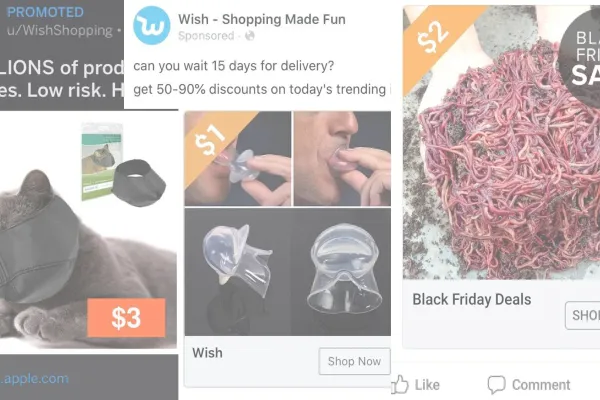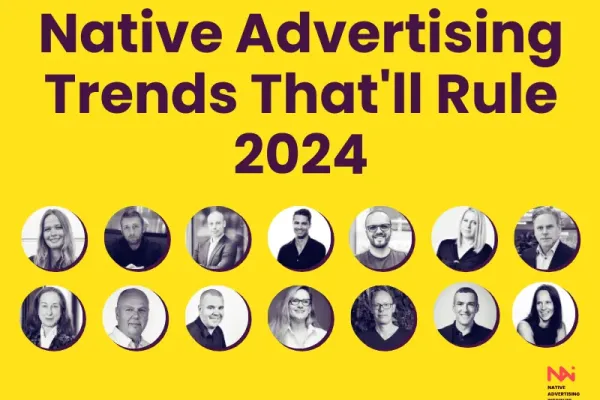What Is Sequential Messaging?
Sequential messaging is a native advertising strategy where users are shown a series of native ads in a specific order, each designed to build on the previous message.
Instead of delivering the same ad repeatedly, sequential messaging tells a progressive story—moving users from awareness to consideration and ultimately to conversion.
Examples of Sequential Messaging
Storytelling Journey: A brand first shares a thought-leadership article, then a case study, and finally a product comparison or offer.
Video Sequence Campaigns: Users first see a brand introduction video, then a product demo, followed by testimonials.
Retargeted Content Path: After a user engages with the first native ad, they are automatically retargeted with the next piece in the sequence based on their behavior.
Key Points about Sequential Messaging
Creates a more natural and engaging experience by aligning ads with where a user is in their decision process.
Improves campaign efficiency by building familiarity and trust over time instead of pushing for conversion upfront.
Enables granular optimization and measurement at each step of the funnel.
Works effectively across multiple formats, including articles, videos, sponsored posts, and in-feed units.
Sequential Messaging Best Practices
Define the Funnel Stages: Map the user journey from awareness to conversion and assign content to each phase.
Use Behavioral Triggers: Retarget users based on actions like reading an article, clicking a CTA, or watching a video.
Maintain Consistent Creative: Align visual identity, messaging, and tone across all steps to reinforce recognition.
Optimize Transitions: Track drop-off points and adjust pacing, frequency, or creative sequencing to maintain momentum.
Considerations
Requires Strong Tracking & Measurement: Sequential campaigns need reliable user-level or cohort-level data to function effectively.
Creative Volume & Planning: A strong narrative sequence demands multiple content assets rather than a single piece.
Audience Size: If the audience pool is too small, users may not move through the full sequence efficiently.




